What's up in
Abstractions blog
Latest Articles
The ‘Weirdest’ Matter, Made of Partial Particles, Defies Description
Theorists are in a frenzy over “fractons,” bizarre, but potentially useful, hypothetical particles that can only move in combination with one another.
Plasmid, Virus or Other? DNA ‘Borgs’ Blur Boundaries.
Scientists have reported large DNA structures in some archaea that defy easy categorization.
How Bell’s Theorem Proved ‘Spooky Action at a Distance’ Is Real
The root of today’s quantum revolution was John Stewart Bell’s 1964 theorem showing that quantum mechanics really permits instantaneous connections between far-apart locations.
DNA Has Four Bases. Some Viruses Swap in a Fifth.
The DNA of some viruses doesn’t use the same four nucleotide bases found in all other life. New work shows how this exception is possible and hints that it could be more common than we think.
Neurons Unexpectedly Encode Information in the Timing of Their Firing
A temporal pattern of activity observed in human brains may explain how we can learn so quickly.
Brighter Than a Billion Billion Suns: Gamma-Ray Bursts Continue to Surprise
These ultrabright flashes have recently been tracked for days, upending ideas about the cataclysms that create them.
Same or Different? The Question Flummoxes Neural Networks.
For all their triumphs, AI systems can’t seem to generalize the concepts of “same” and “different.” Without that, researchers worry, the quest to create truly intelligent machines may be hopeless.
How Animals Color Themselves With Nanoscale Structures
Animals sculpt the optical properties of their tissues at the nanoscale to give themselves “structural colors.” New work is piecing together how they do it.
Graphene Superconductors May Be Less Exotic Than Physicists Hoped
Superconductivity has been discovered in graphene devices without any twists, suggesting the form of superconductivity in the material might be mundane after all.
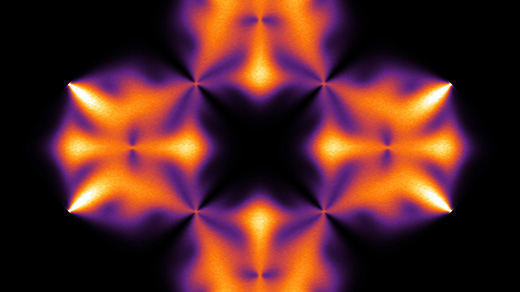
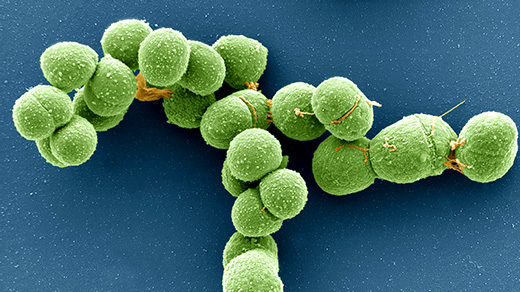
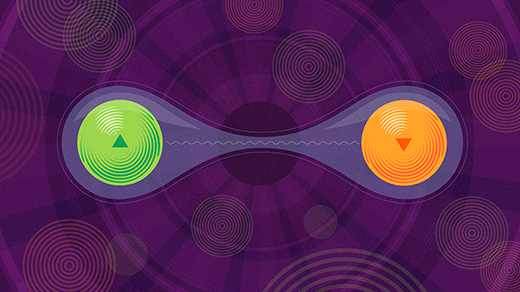
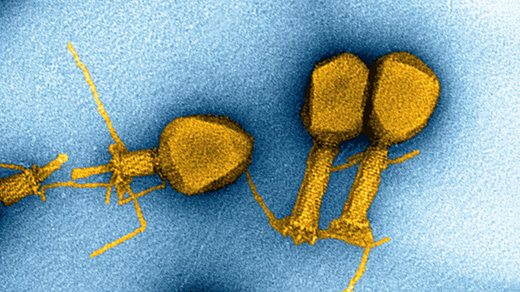
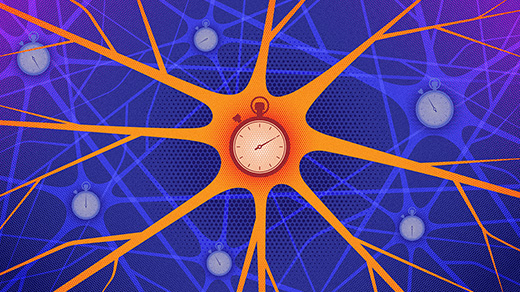

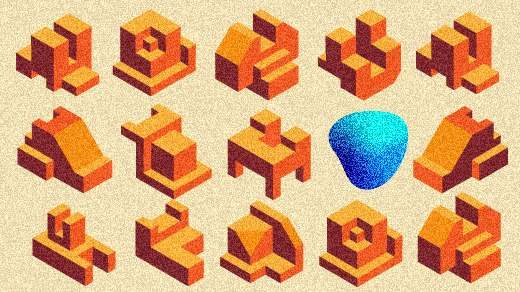

![An illustration showing three stacked sheets of carbon atoms, each offset from the one below by half a lattice spacing.]](https://www.quantamagazine.org/wp-content/uploads/2021/06/Trilayer_Graphene_520x292.jpg)